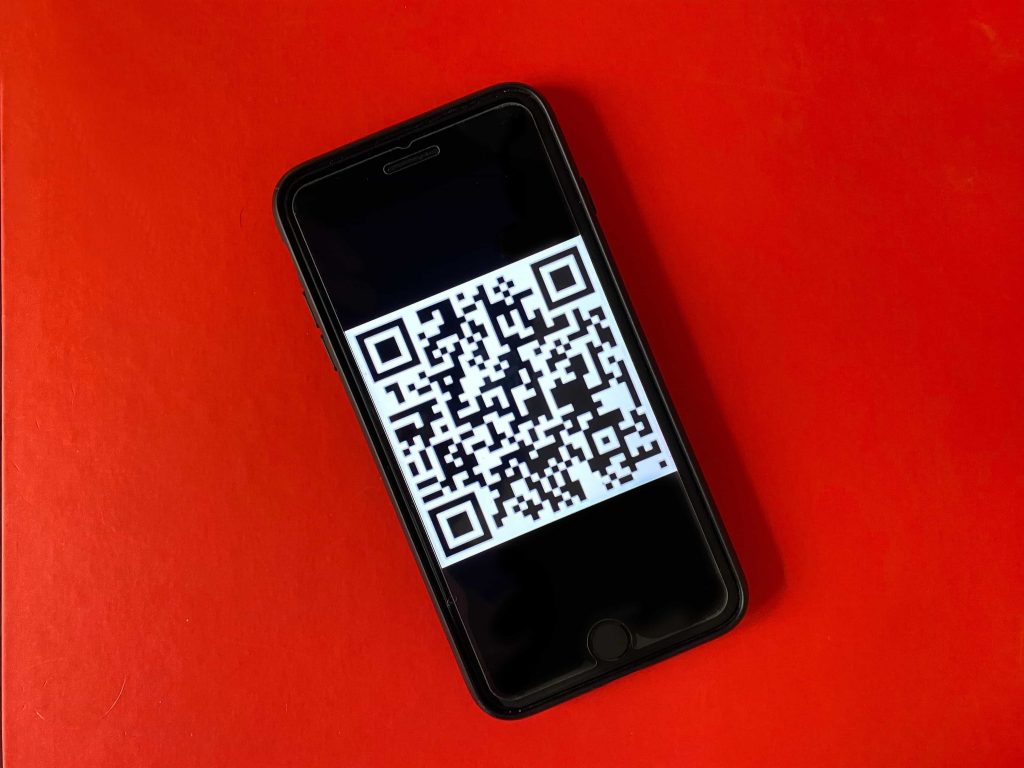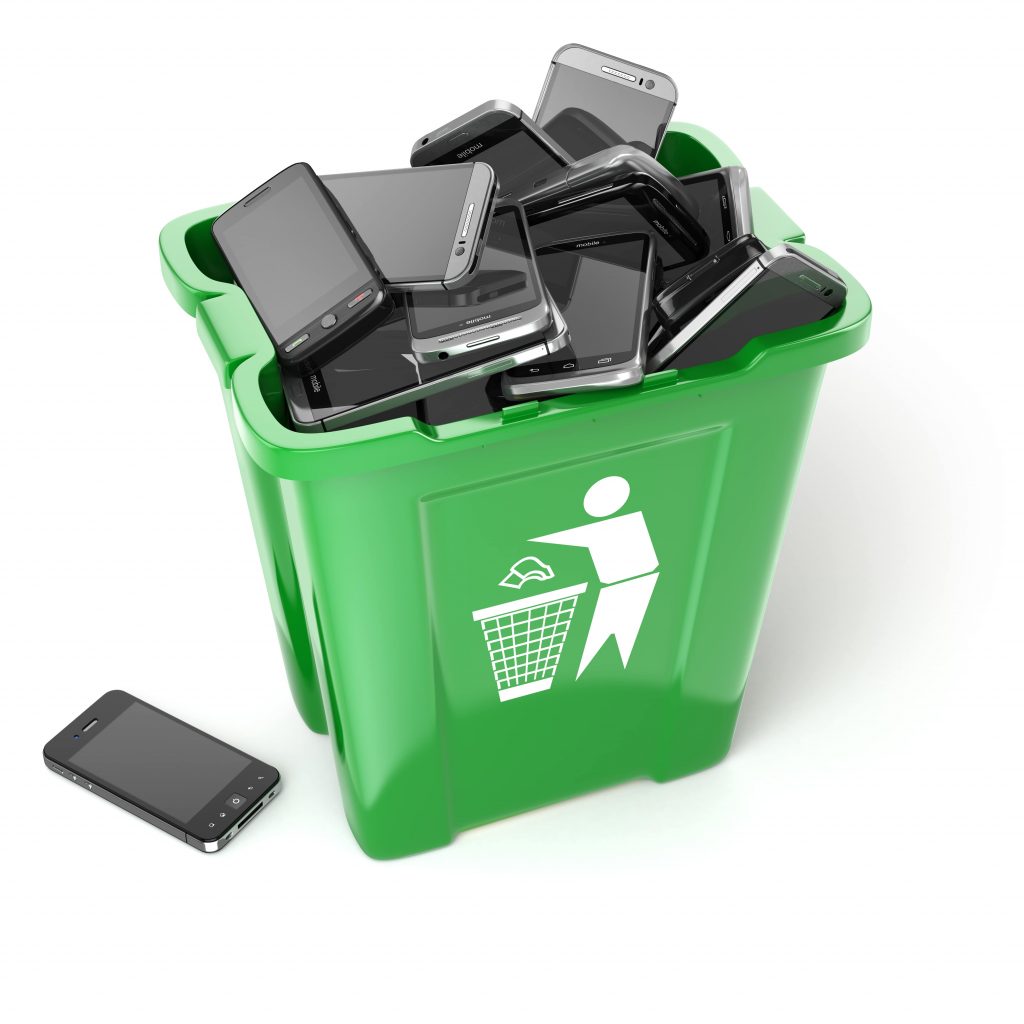Waste & material traceability solution for sustainable facilities

Proper waste disposal is one of the most important issues in the world. Therefore, it is time to introduce you to one of the most effective methods for waste management, which is the use of QR codes.
QR Codes are a type of barcode that has evolved from one dimension to two dimensions. The term “Quick Response” refers to a two-dimensional matrix code or barcode that allows the contents of the code to be decoded quickly and accurately. QR code has various advantages over the traditional barcode methods and only one of them is that the data density of a QR code is about 100 times that of a barcode.

Using a smartphone camera, the user simply scans the QR code label attached to the waste bin located above the weighing unit. QR scanner applications based on mobile can be synchronized automatically. The weight of the waste that is weighed is then entered by the user and deposited in the database. In this way, the data entry process can be sped up, and more data can be stored thanks to the QR code.
Furthermore, since electronic equipment contains toxic chemicals, disposing of electronic waste (E-waste) is a difficult task. Therefore, proper e-waste collection requires e-waste collection software. To maximize the quantity of useful recyclable products, waste sorting should be introduced as early as possible in the chain. The use of ubiquitous computing technologies, such as RFID (Radio Frequency Identification) and sensor networks, offers a new way to optimize waste management systems.

The system requires that the user is first supported in the use of selective sorting. The customer would have signed up for the proposed system in order to receive a QR code. All required information about the customers is contained in a QR code. This QR code will be attached to the customer’s e-waste object, which will then be deposited in an IoT-based collection vendor machine.
Second, the smart bin understands its contents down to the form and percentage of composting materials. It will update the rest of the recycling chain on its status and any anomalies. RFID is a widespread computing technology that can be used to enhance waste management by allowing for early automated waste identification at the bin level. By doing so, disposing of e-waste in a most environment-friendly manner will be accomplished thanks to the e waste collection software and the e-waste software.

Although barcodes are required to connect to a retailer’s/centralized manufacturer’s data, RFID may do the same with the added benefit of providing a memory for storing some information locally. End-users may easily access this locally attached relevant information; a QR code evolution.
Vehicle RFID reader offers a variety of benefits to consumers, including simple installation, long-lasting tags for waste management vehicles, flexible task validation requirements, position monitoring, performance control, and SMS and email notification.
Also, vehicle RFID reader enables managers to monitor all live data collected via the Evreka dashboard at any time and from any place, and much more!
Get your demo today to reach operational excellence at your work!